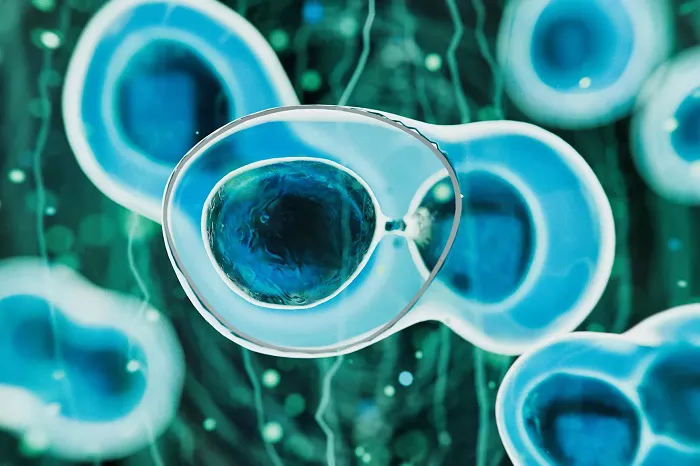Scientists in Tokyo have discovered a new way to tell if cells are cancerous—by watching how they move. This method doesn’t need special dyes or labels and could lead to faster, safer cancer diagnosis.
Researchers at Tokyo Metropolitan University studied cancer cells and healthy cells under a microscope. They focused on how the cells moved around, not just how they looked.
Cells can move in different ways. Cancer cells often travel through the body, spreading disease. By tracking their movement patterns, scientists learned how to spot cancer without changing or damaging the cells.
The team used a common technique called phase-contrast microscopy. It lets them watch cells in their natural state without using fluorescent labels, which can affect how cells behave.
They studied two types of cells: healthy fibroblasts and cancerous fibrosarcoma cells. Fibroblasts help form tissue, while fibrosarcoma cells are a type of soft tissue cancer.
By tracking how fast the cells moved and how much they turned, the scientists found clear differences. Cancer cells took curvier paths and made more shallow turns than healthy ones.
Combining two movement features—the total turning angle and the number of shallow turns—they could tell cancerous cells from healthy ones with 94% accuracy.
The study could also help researchers understand how cells move during healing and tissue growth. This may lead to better treatments for wounds and other conditions.
The research was supported by grants from the Japan Society for the Promotion of Science and the Tokyo Metropolitan Government.
Related topics:
- Climate Change Puts Global Blood Supply At Risk, Study Warns
- Can Collagen Supplements Help Ulcerative Colitis? New Study Offers Hope
- New Stem Cell Technology Offers Hope for Safer Diabetes Treatment


